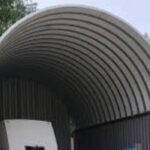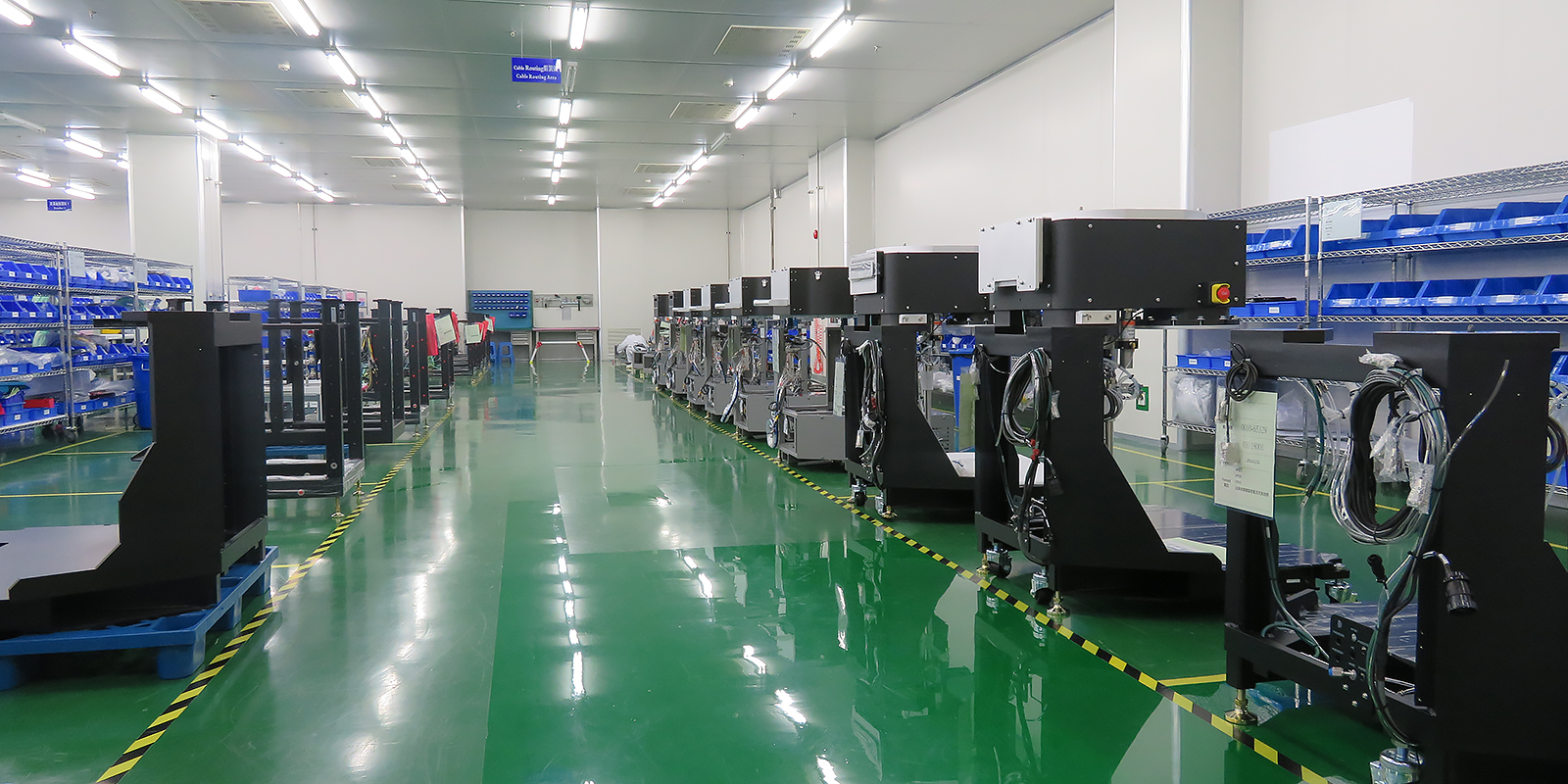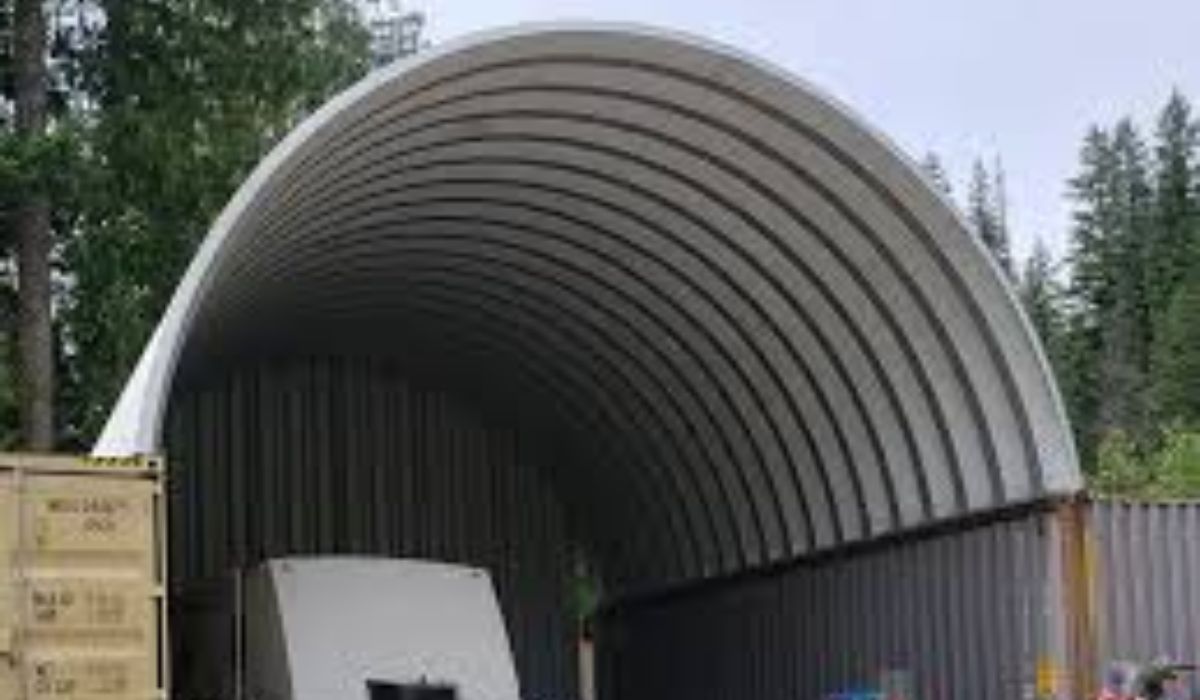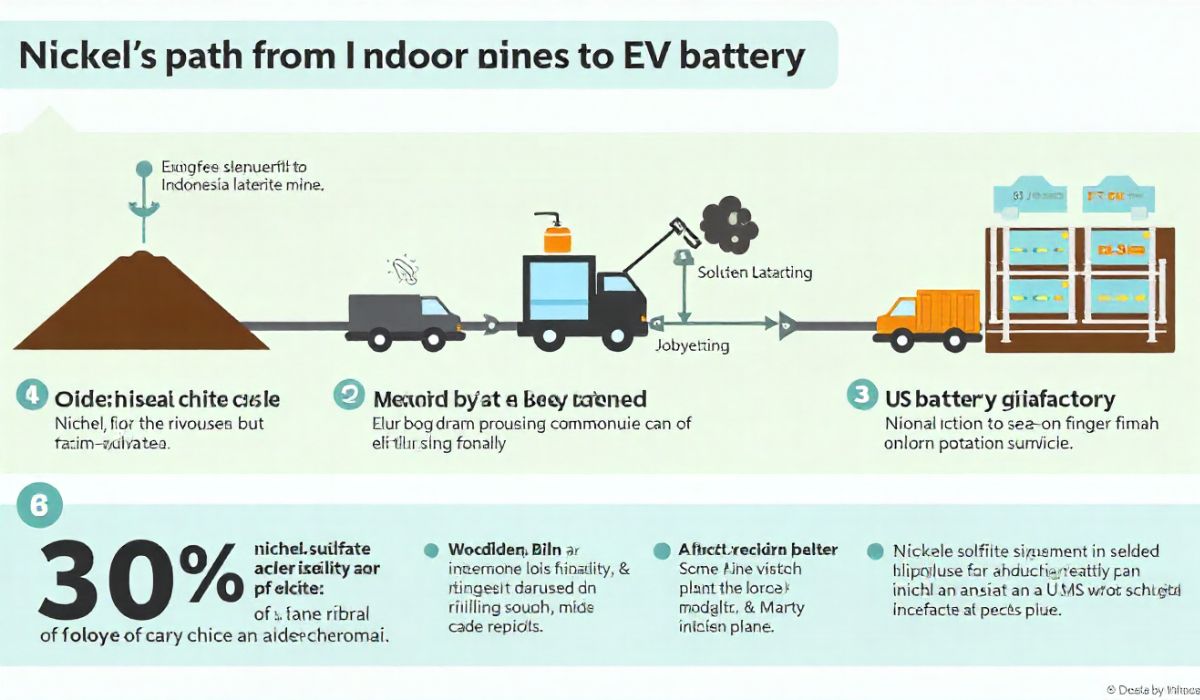Hook: Ever wonder how a satellite survives the violent shudder of liftoff? Or why your smartphone never crashes during a critical video call? The answer often lies not just in brilliant design, but in a hidden, rigorously controlled environment few outside manufacturing ever see the Assembly and Test Area (A&TA).
What Exactly is an A&TA? (It’s Not Just Another Workshop)
Let’s cut through the jargon. When industry pros say “a&ta,” they’re almost always talking about the Assembly and Test Area. Picture this: a meticulously clean, tightly controlled space – part operating room, part science lab – where critical components (think jet engine parts, missile guidance systems, or cutting-edge semiconductor modules) are painstakingly put together and then pushed to their absolute limits. It’s the last line of defense before something goes operational. Miss this step? Well, let’s just say the consequences can be catastrophic (and astronomically expensive). I’ve toured facilities where the A&TA had stricter environmental controls than a hospital ICU. That’s not overkill; it’s necessity.
Why the A&TA Isn’t Just Important – It’s Non-Negotiable
Here’s the thing about complex hardware: tiny flaws can lead to massive failures. An improperly torqued bolt in a satellite assembly? Potential mission failure. A microscopic contaminant in a microchip assembly? Device malfunction. The A&TA exists to catch these gremlins before they escape into the wild.
- Validation, Not Hope: It transforms engineering blueprints and prototypes into verified, reliable products. Hope isn’t a strategy here; cold, hard data is.
- Risk Mitigation HQ: This is where catastrophic field failures are prevented. The cost of fixing something before it ships is pennies compared to a recall or, worse, a disaster.
- Compliance Crucible: In aerospace, defense, and medical devices? Meeting FAA, DoD, or FDA standards isn’t optional. The A&TA is where compliance is proven, documented, and signed off. You simply can’t skip this and stay in business.
Inside the Sanctum: Key Components of a Modern A&TA
What makes an A&TA tick? It’s more than just four walls and a workbench.
- Environmental Control (The Silent Guardian):
- Temperature & Humidity: Fluctuations cause materials to expand/contract. Precision assembly demands stability. Think nano-meters matter? They do.
- Cleanliness: ISO Class 5 (or better) cleanrooms are common. Dust? Static? Unwanted chemical vapors? Absolutely verboten. I recall a client whose yield jumped 15% just by upgrading their A&TA filtration – contamination was the silent killer.
- Vibration & EMI Shielding: You can’t test sensitive gyroscopes or microelectronics if the floor shakes from a forklift next door, or radio waves interfere. “Quiet” zones are engineered in.
- Specialized Equipment (The Tools of Truth):
- Precision Assembly Stations: Ergonomics, magnification, calibrated torque tools – everything designed for flawless execution.
- Rigorous Test Rigs: Shakers that simulate rocket launches. Thermal chambers cycling from Arctic cold to desert heat. Vacuum chambers mimicking space. High-voltage testers. Acoustic analysis booths. This isn’t your average multimeter.
- Metrology & Inspection: CMMs (Coordinate Measuring Machines), high-res microscopes, X-ray inspection, laser scanners – verifying dimensions and internal integrity down to the micron.
- Process & People (The Human Element):
- Documented Procedures (SOPs): Every action is scripted, verified, and repeatable. Deviation isn’t tolerated.
- Trained & Certified Personnel: Assemblers and test engineers here are the elite. Continuous training is mandatory. Attention to detail? It’s an obsession.
- Traceability: Every component, every tool used, every test result – meticulously logged and linked. If a problem arises years later, you can trace its entire history in the A&TA.
A&TA vs. Standard Production Floor: Why the Distinction Matters
| Feature | Standard Production Floor | Dedicated Assembly & Test Area (A&TA) | Why the Difference? |
|---|---|---|---|
| Primary Goal | Volume, Efficiency | Validation, Precision, Defect Elimination | A&TAs prioritize proving function & reliability over pure output speed. |
| Environment | Good general control | Extreme Control (Temp, Humid, Clean Air) | Prevents microscopic errors & ensures test accuracy under precise conditions. |
| Personnel | Trained Operators | Highly Specialized, Certified Techs | Complex assembly/testing demands deeper expertise and stricter accountability. |
| Equipment | Standard assembly lines, testers | Specialized, High-Precision Test Rigs | Simulates extreme real-world stresses (vibration, temp cycles, vacuum) accurately. |
| Documentation | Basic tracking | Full Traceability (Component > Test > Result) | Essential for compliance, failure analysis, and high-reliability sectors. |
| Pace | Optimized for speed | Optimized for Accuracy & Repeatability | Rushing risks missing critical flaws; methodical processes are enforced. |
The Testing Gauntlet: What Happens Inside?
This is where the rubber meets the road (or the rocket meets the stratosphere). Testing in an A&TA isn’t a single check-box; it’s a multi-stage siege designed to uncover any weakness.
- Functional Testing: Does it turn on? Does it do its basic job? Seems simple, but it’s the foundation.
- Performance Testing: Does it meet all specified parameters (speed, accuracy, power consumption, signal strength)? Does that radar module really detect targets at 200km?
- Environmental Stress Screening (ESS): The “torture chamber” phase. Subjecting the unit to:
- Vibration: Replicating launch, turbulent flight, or rough terrain transport.
- Thermal Cycling: Rapidly moving between extreme high and low temperatures. Components fail differently when hot vs. cold – this finds those weak links.
- Burn-In: Operating continuously for extended periods to identify “infant mortality” failures.
- EMI/EMC Testing: Does it emit harmful interference? Can it withstand interference from other devices? Critical for anything with electronics near sensitive systems (like an aircraft cockpit).
- Life Testing / Accelerated Life Testing: Simulating years of wear and tear in weeks or months. How long should this actuator last? The A&TA provides the data.
Honestly, this phase is where many projects face their toughest reality check. I’ve seen “perfect” designs stumble badly when exposed to the relentless realism of A&TA testing. It’s humbling, but absolutely vital.
The Tangible Benefits: Why Companies Invest Heavily in A&TAs
Sure, building and running a top-tier A&TA is expensive. But the ROI? Immense:
- Massively Reduced Field Failures: Catching faults early saves millions in recalls, warranty claims, and reputational damage. A failed satellite launch? Billions lost.
- Enhanced Product Quality & Reliability: Products that work as promised, consistently, build brands and customer loyalty.
- Faster Time-to-Market (Paradoxically): Rigorous testing identifies show-stoppers early, preventing last-minute disasters that cause massive delays downstream. Finding a flaw in the A&TA is infinitely faster than finding it after deployment.
- Regulatory Compliance Assurance: Streamlines approvals and avoids costly fines or production halts.
- Improved Customer Confidence & Contract Wins: Demonstrating a robust A&TA process is a huge competitive advantage, especially in defense and aerospace bids.
FAQs:
- Is an A&TA only for aerospace and defense?
While crucial there, A&TAs are vital anywhere high reliability is non-negotiable: medical devices, automotive safety systems (airbags, brakes), energy infrastructure (turbine controls), and advanced electronics (servers, network hardware). - Can’t we just test on the regular factory floor?
For simple, low-risk items? Maybe. For complex, high-value, safety-critical systems? Absolutely not. Environmental noise, contamination, and lack of specialized equipment lead to unreliable results and missed defects. The dedicated A&TA environment is essential for confidence. - How much does setting up a proper A&TA cost?
Costs vary wildly based on industry and needs. A basic electronics test area might cost tens of thousands. A full aerospace-grade A&TA with thermal/vacuum chambers and EMI shielding can run into millions. But it’s an investment, not just an expense – the cost of not having one is often far higher. - What’s the biggest challenge in running an effective A&TA?
Beyond cost? Maintaining consistent rigor and discipline. It requires unwavering commitment to procedures, constant training, meticulous calibration of equipment, and a culture that prioritizes finding every flaw, even if it causes short-term delays. Complacency is the enemy. - Does “Test” include software validation in an A&TA?
Increasingly, yes. While primarily hardware-focused, modern complex systems are hardware-software integrations. A&TAs often host Hardware-in-the-Loop (HIL) testing, where the physical unit interacts with software simulators to validate full system behavior under stress. - How is traceability maintained in an A&TA?
Through meticulous logs (often digital/MES systems), barcoding/RFID tagging of components and assemblies, signed traveler documents, and comprehensive databases linking every action, tool used, test parameter, and result to the specific unit’s serial number.
The Final Word: More Than Just a Room, It’s a Commitment
Look, in a world obsessed with speed and AI-driven automation, the A&TA stands as a testament to the irreplaceable value of human skill, meticulous process, and physical validation. It’s the crucible where theoretical designs prove their mettle against unforgiving reality.
Some might argue simulation is getting good enough to replace physical testing. My take? Simulations are incredibly powerful tools, especially for early design. But they rely on models and assumptions. Nothing – absolutely nothing – replicates the complex, chaotic interactions of the real physical environment like putting the actual hardware through its paces in a controlled, monitored A&TA. It’s the ultimate reality check.
As technology pushes into ever more demanding frontiers – deeper space, more autonomous systems, more critical medical implants – the role of the A&TA will only become more critical, not less. It’s the quiet guardian ensuring our boldest innovations don’t just promise greatness, but reliably deliver it.
What’s one mission-critical product you rely on daily? Odds are, its silent partner was a rigorously managed Assembly and Test Area.
YOU MAY ALSO LIKE: HCOOCH CH2 H2O: Chemistry’s Hidden Powerhouse










